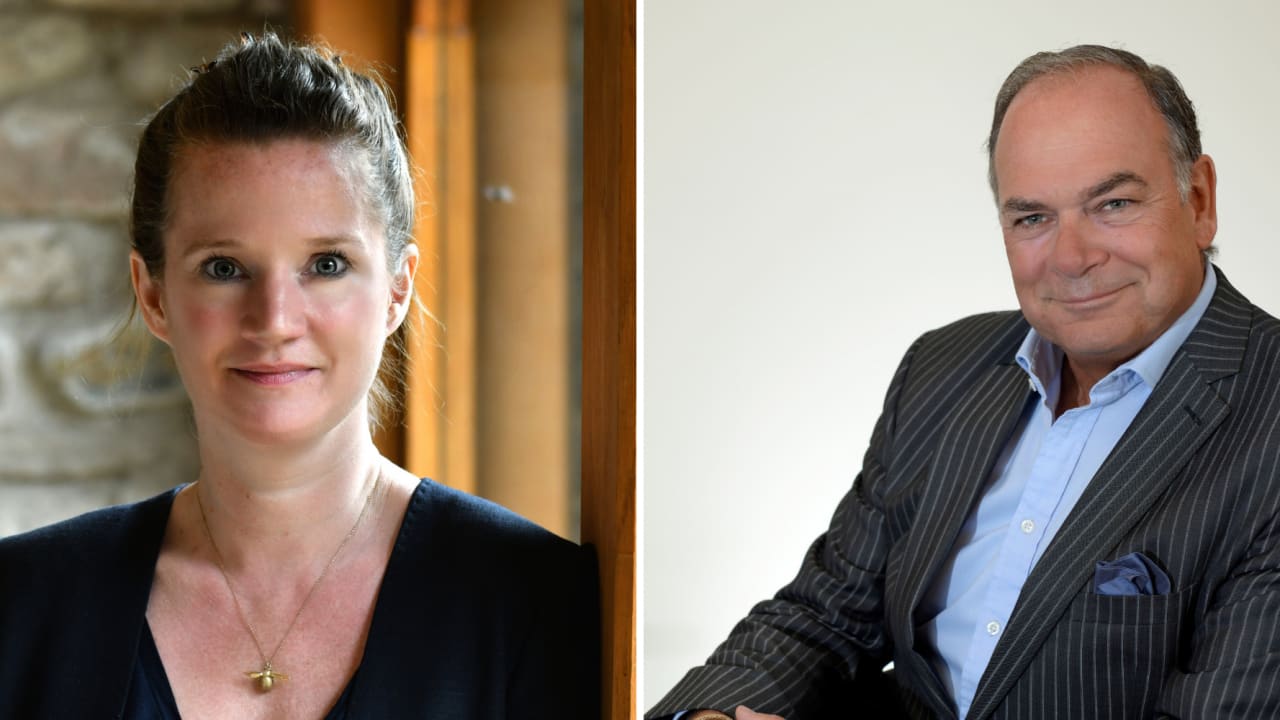Interview with Tony Attard OBE and Rachel McQueen
At City Nation Place, we were able to talk to both Tony Attard, Chairman at Panaz Limited and Rachel McQueen, Chief Executive, Marketing Lancashire to share their views on brand vision, tourism and engagement within the UK.
CNP: Why do you think that this is a good time to be launching City Nation Place UK to bring together all stakeholders in our country’s national, regional, city and neighbourhood place brands?
TA: Rather than a good time, I would probably say that it’s about time, and surprising that such a conference does not already exist. I have been Chairman of Marketing Lancashire for four years now and am passionate about the strategic importance of place promotion, and how it can impact on economic growth. In terms of timing, it is more important than ever to be debating this critically important area.
CNP: Why do you feel it is important for place branders to share their stories, experience and insights?
RM: Place branding is not rocket science nor an art form, but it is a specialist area of marketing expertise, and the principles remain true even if they are applied to diametrically different places. Sharing best practice and discussing how challenges have been overcome and opportunities grasped is a highly worthwhile exercise.
CNP: What do you consider to be the biggest challenge facing place branding in the UK?
TA: Leadership. At national, regional and local level there are often too many players trying to lead the same agenda, and politics must not be confused with place.
CNP: What do you feel the international perception is of Brand Britain currently? How does this affect your own place brand strategy?
RM: At an international level, perceptions of a place can take years, even decades to change. So much so that despite everything that has been consuming us as a nation of late, external perceptions of Britain will remain much as they have been, and most of the world has a broadly positive view. However, it is also a perception that remains somewhat out of date. When it comes to our own place brand strategy, we play on those elements that are quintessentially British in markets where that resonates, but we also believe that individual places have the potential to help influence international perceptions of Britain and to bring them more up to date.
CNP: How can the challenges of Brexit be changed into opportunities for your place?
TA: At this moment in time that is very difficult to answer as it remains uncertain what the impact will be. However, as it seems increasingly unlikely that we will be faced with a hard Brexit, there will no doubt be opportunities that arise as the dust settles. We need to focus our energies where we will have greatest traction, and now is the time to do more, not less.
CNP: How localised do you feel place branding should be in the UK?
RM: That depends on the place, but it is critical that place brands are led by the areas that they represent (geographically rather than politically). The breadth and diversity of places across the UK cannot be represented via a centralised approach, and there is a debate to be had on whether the promotion of UK Plc is better delivered country first, place second, or the other way around.
CNP: Why is it important for place branding and marketing teams to fully engage citizens in the process?
RM: Because it is the people that make places, and their voice, pride and aspirations are the foundations of any authentic brand personality.
CNP: Do you think it’s important for UK places to have a strategy that focuses on sustainable tourism? Why?
RM: Obviously yes, in that non-sustainable tourism is clearly not the way to go! But it is also true that the tourism offer of a place impacts on much more than just the visitor economy. It is a major part of the sense of place and the quality of life that will attract residents, students and investors, as well as visitors.
CNP: What is your top tip for engaging the private sector in your place brand vision?
TA: First, you need a vision that is both authentic and ambitious, one that rings true to businesses and fits with their own aspirations. But you also need to engage properly. To ask for their views and to listen. Our aspiration to bid for City of Culture was initially the result of private sector ambition, but it has now been whole-heartedly embraced by the public sector, and together, I believe that we can create a winning bid.
CNP: How can we leverage our historical culture more effectively to drive tourism and investment?
RM: We have significant heritage stories to tell across the UK, which can both help to attract visitors, and provide an impressive backdrop to investment decisions. Many of these stories connect more than just one place, and we could do more to collaborate effectively in telling them. There is also more that we can do to re-interpret these stories for a modern day audience, in the way that the England Originals project has sought to achieve.
CNP: Are there any nations or cities around the world who you think are doing a great job of place branding and marketing – and from whom UK places could learn a thing or two?
RM: Australia does a great job of promoting itself to its target audiences – they are proactive, consistent and persistent, and they create high quality content to help back up their claims. Scandinavia has it’s act together in both product and promotion, so that once you have been enticed to visit, your experience once there exceeds expectations.
CNP: Where have you always wanted to visit and why?
RM: Japan, because it seems like it would be an experience for all the senses, and a chance to explore a completely different culture.
TA: The place I have always wanted to visit is Cape Horn, the southern most part of Chile. Because as a sailor it is a place of legend.









